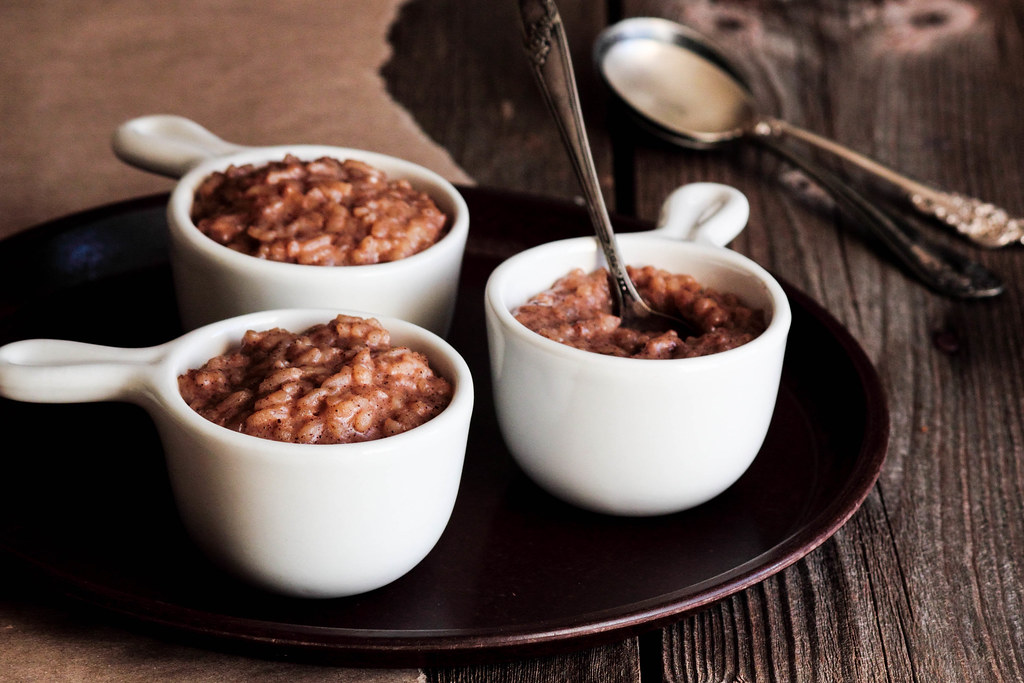
As young children, misconceptions run rampant in our lives, laughable to the adults entrusted with our care. As we grow older, however, the misconceptions become less endearing and more worthy of an eyebrow raise. These misunderstandings are tricky, slipping under the radar, lying low for years until an offhanded comment is made and the truth is suddenly revealed.
I used to believe that when someone "ran for president," they physically had to run a race. I can still picture it in my mind. Dressed up in fancy suits and ties, the candidates would race across the White House lawn towards a finish line strewn with red, white, and blue streamers. The track would be lined with important officials, cheering for the candidate they wanted to win with posters and loud whistles. The rules were simple—the first to cross the line would become the new president.
My poor third grade teacher had to sort that one out.
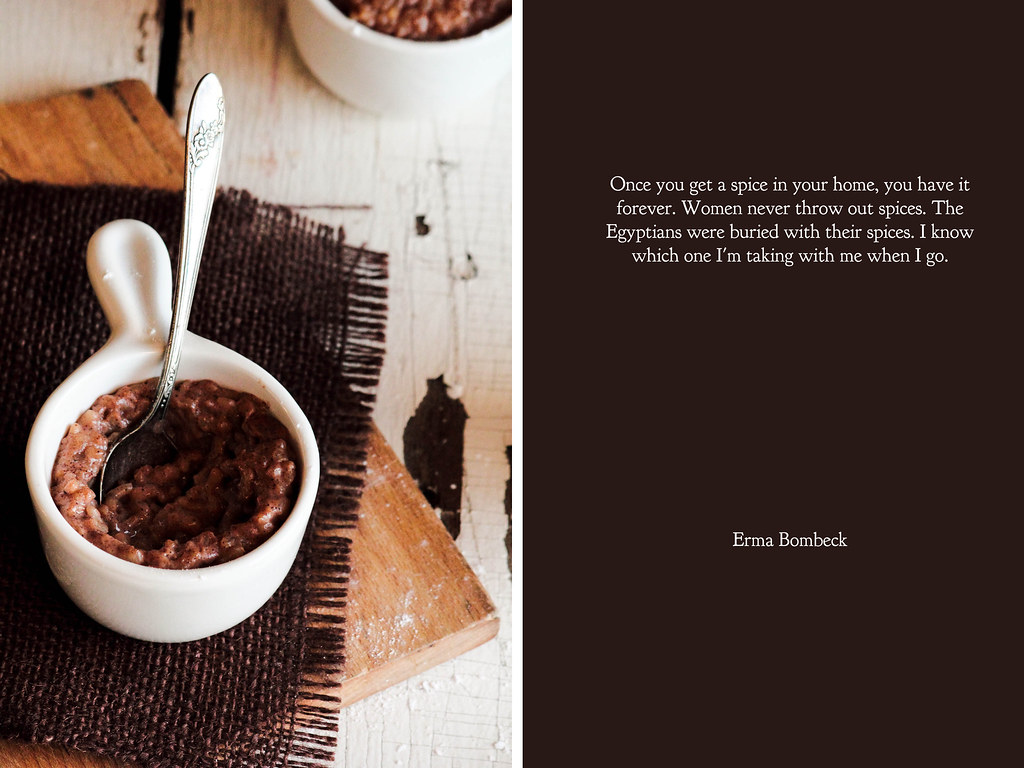
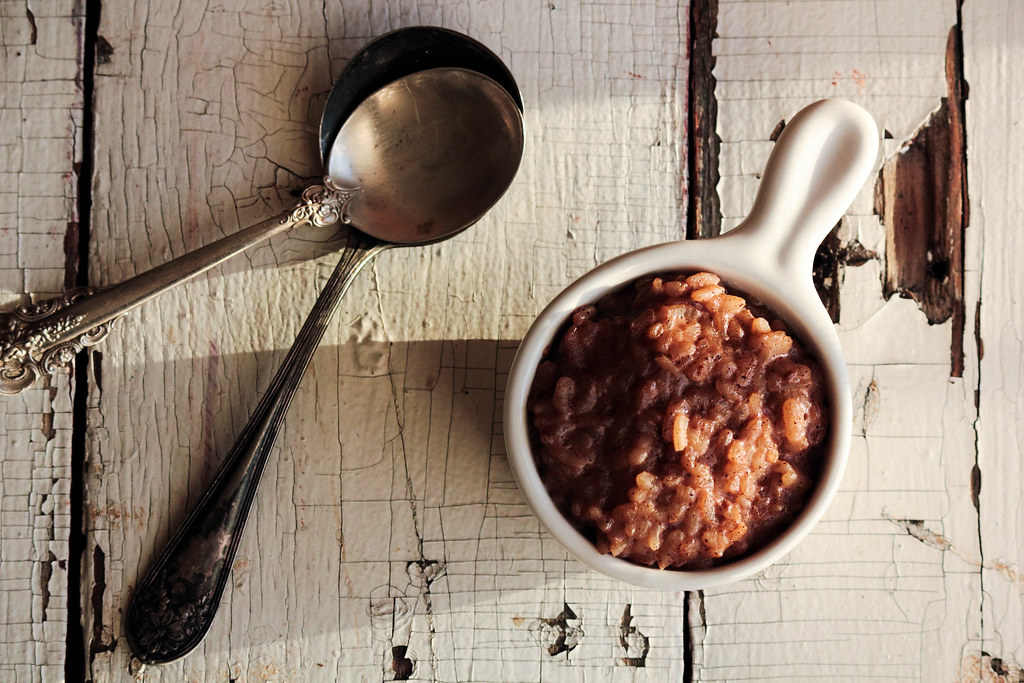
When I was fourteen years old, I brought up at dinner one evening that I did not understand why the Disney logo was spelled with a backwards capital G instead of a D. My mother stared at me in disbelief, letting her fork full of food hover over her plate. A long discussion followed, but it wasn't until she traced out the D in the logo on the television screen that I understood I was in the wrong. Logically, it made sense that Disney would begin with a D instead of a backwards G, but I had never questioned it until that moment, however disconcerting that fact may be.
(For the record, I still struggle to see that elusive D to this day.)
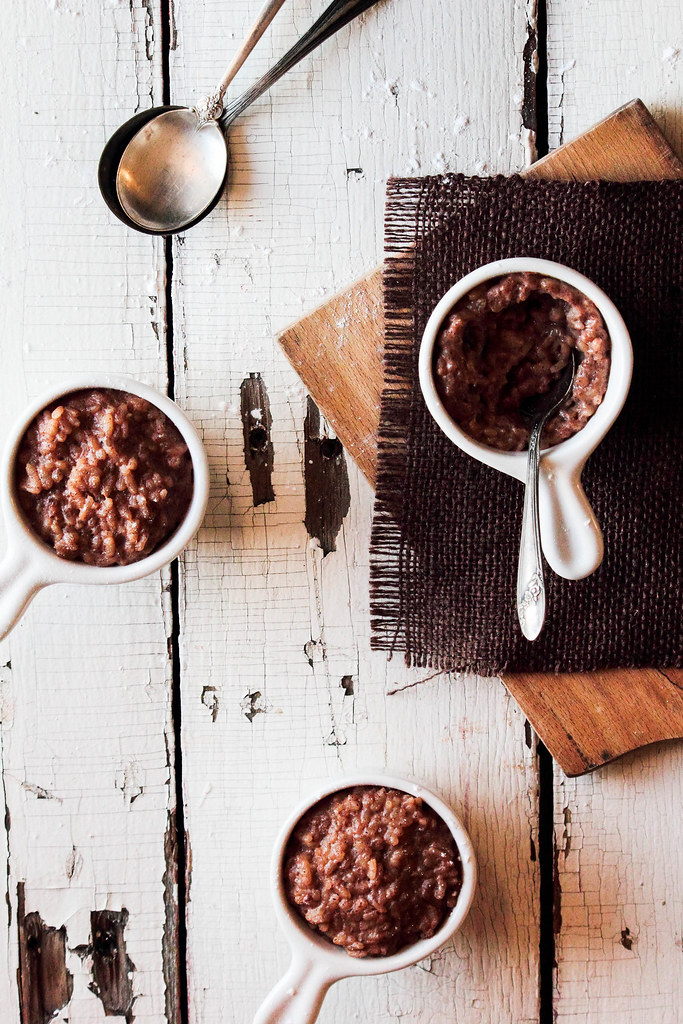
I also used to believe that gray hair grew in all at once. After reaching a certain age, I imagined a person simply woke up one morning and could only grow gray hair. The original hair color would still exist, but new growth would leave hair two-toned—gray on top, color on the bottom. I surmised this is why most older women had short hair; who would want to wait for that gray hair to grow all the way out? It turns out I had just witnessed several women with overdue dye jobs and drew conclusions too quickly.
My mother had the privilege of enlightening me on that one too.
So how does all of this relate to chai spiced pudding? While standing in the spice aisle hunting for a little container labeled chai, it seemed strange to me that I couldn't seem to find it in any of the three stores I had visited throughout the week. I had assumed that chai was a spice all its own, perhaps coming from a tree, like cinnamon. It wasn't until I sat down in front of the computer that the internet softly informed me chai was, in fact, a lovely mixture of several Indian spices.
After twenty-four years of life, I would think that most of these misconceptions would have sorted themselves out by now, but they still pop up when I least expect it.
What are your biggest misconceptions?
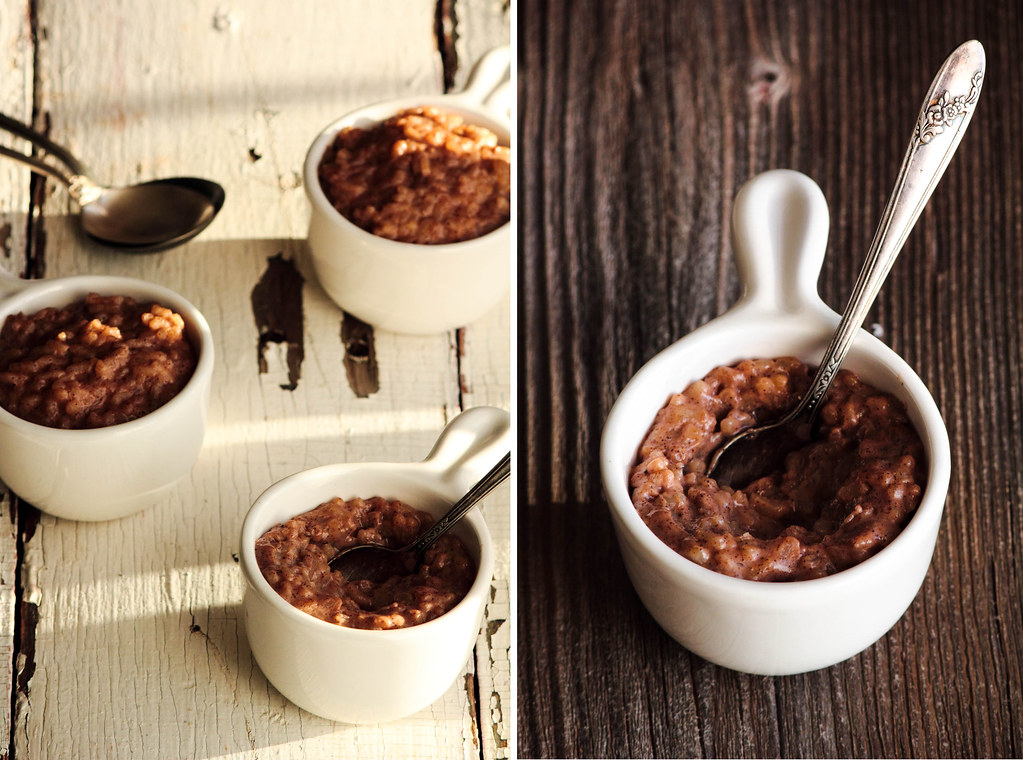
Chai Spiced Rice Pudding is just as it sounds—creamy rice pudding spiced with cinnamon, cardamom, ginger, and cloves. A pinch of black pepper is added to give the pudding a little spice, which defines this pudding with a unique signature. I used (and recommend) Arborio rice for this pudding because it retains its texture well. While rice pudding can be served warm or chilled, I find the soft warmth of the pudding and spices fill out a chilly fall evening quite well.
One Year Ago: Chocolate Cherry Bread
Two Years Ago: Fleur de Sel Chocolate Figs
Chai Spiced Rice Pudding
Yields 4 servings
1/2 cup (85 grams) Arborio rice
3 cups (709 ml) unsweetened almond milk (regular milk will also work)
1/3 cup (75 grams) granulated sugar
1/2 teaspoon ground cinnamon
1/4 teaspoon ground ginger
1/4 teaspoon ground cardamom
1/8 teaspoon ground cloves
Pinch of freshly ground pepper
1 teaspoon vanilla extract
In a large saucepan, bring the Arborio rice, milk, sugar, and spices to a boil. Turn down the heat to medium-low and simmer for 30-40 minutes, or until rice is tender and pudding has reached desired thickness. Remove from heat and stir in vanilla extract, if desired.
Serve warm.